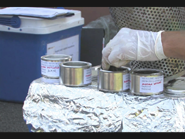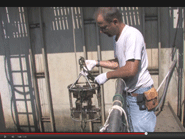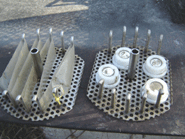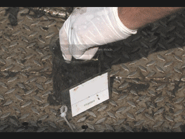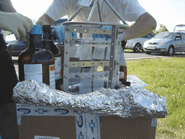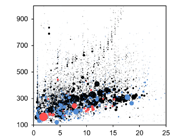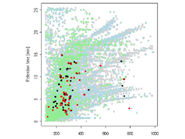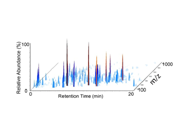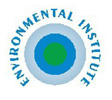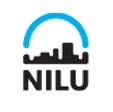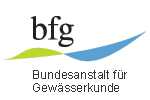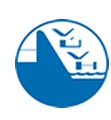You are here
Success Stories
 |
1. NORMAN EMPODAT database is today the largest database on emerging substances worldwide The development of databases and improvement of data exchange has been NORMAN’s core business since the start of the project. NORMAN EMPODAT is today the largest database on emerging substances worldwide with more than nine million data records. Besides that, the ECOTOX module of EMPODAT, a new platform for systematic collection and evaluation of ecotoxicity studies for harmonised derivation of environmental quality standards, is now part of the priority tasks of the NORMAN network. For more information, read NORMAN Position Paper |
|
2. Non-target screening techniques for environmental monitoring It is increasingly recognised that the number of compounds measured today via target chemical analysis is not sufficient to provide an exhaustive overview of the status of our water bodies and that the application of non-target screening techniques is needed in order to detect the presence of harmful substances (including degradation by-products and metabolites) potentially overlooked. In 2013 NORMAN organised a Collaborative Trial (CT) on non-target screening, where a single, well‐defined river water sample was sent to many laboratories across Europe, followed by a dissemination Workshop. This was the first time such an exercise had been conducted in the area of environmental analysis. For more information, read here |
|
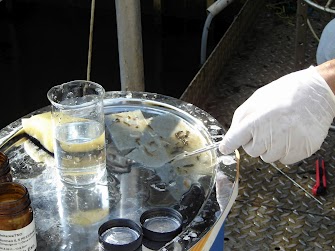 |
3. Passive sampling gets routine monitoring role on back of NORMAN efforts The sustained efforts of the NORMAN Expert Group on passive sampling are finally bearing fruit. The discussions on the official inclusion of passive sampling in national monitoring schemes, kicked off in 2012 by Working Group E of the EC’s DG Environment, leant heavily on the outcomes of the 2011 NORMAN interlaboratory study of passive sampling. The data generated by the twenty-nine labs – European, North American and Australian – involved in that study have since been systematically evaluated and been the subject of follow-up meetings of the NORMAN Expert Group. As a result of this world-leading move, long-awaited and cost-efficient integrated monitoring tools for a wide range of pollutants are now on the verge of practical application. Read more about Passive sampling - (Mini)workshop on "Passive Sampling techniques for monitoring of contaminants in the aquatic environment" 27-28 November 2014 and recommendations of the NORMAN passive sampling community in the Position paper published in Trends in Environmental Analytical Chemistry (2015) Read also the Report on the Interlaboratory study on passive sampling of emerging pollutants - CM Onsite organised by NORMAN and JRC in support of CIS WFD |
 |
In pursuit of its long-term goal of improving the identification of environmental unknowns and, consequently, the prioritisation of emerging substances, NORMAN started close co-operation with the global ‘metabolomics’ MassBank consortium (http://www.massbank.jp) in August 2012. With a strict focus on environmental data the NORMAN MassBank is now available at the mirror server www.massbank.eu/MassBank in addition to the full NORMAN MassBank address (http://massbank.normandata.eu/MassBank/). The mass spectral information obtained from NORMAN MassBank will aid the further development of sophisticated search and classification strategies for the identification of unknowns. Furthermore, sharing of mass spectral data allows free-of-charge access to thousands of mass spectra for an increasing number of relevant environmental compounds: in contrast to expensive commercial libraries or home-made libraries with a limited subset of compounds. Read more in NORMAN MassBank Workshop |
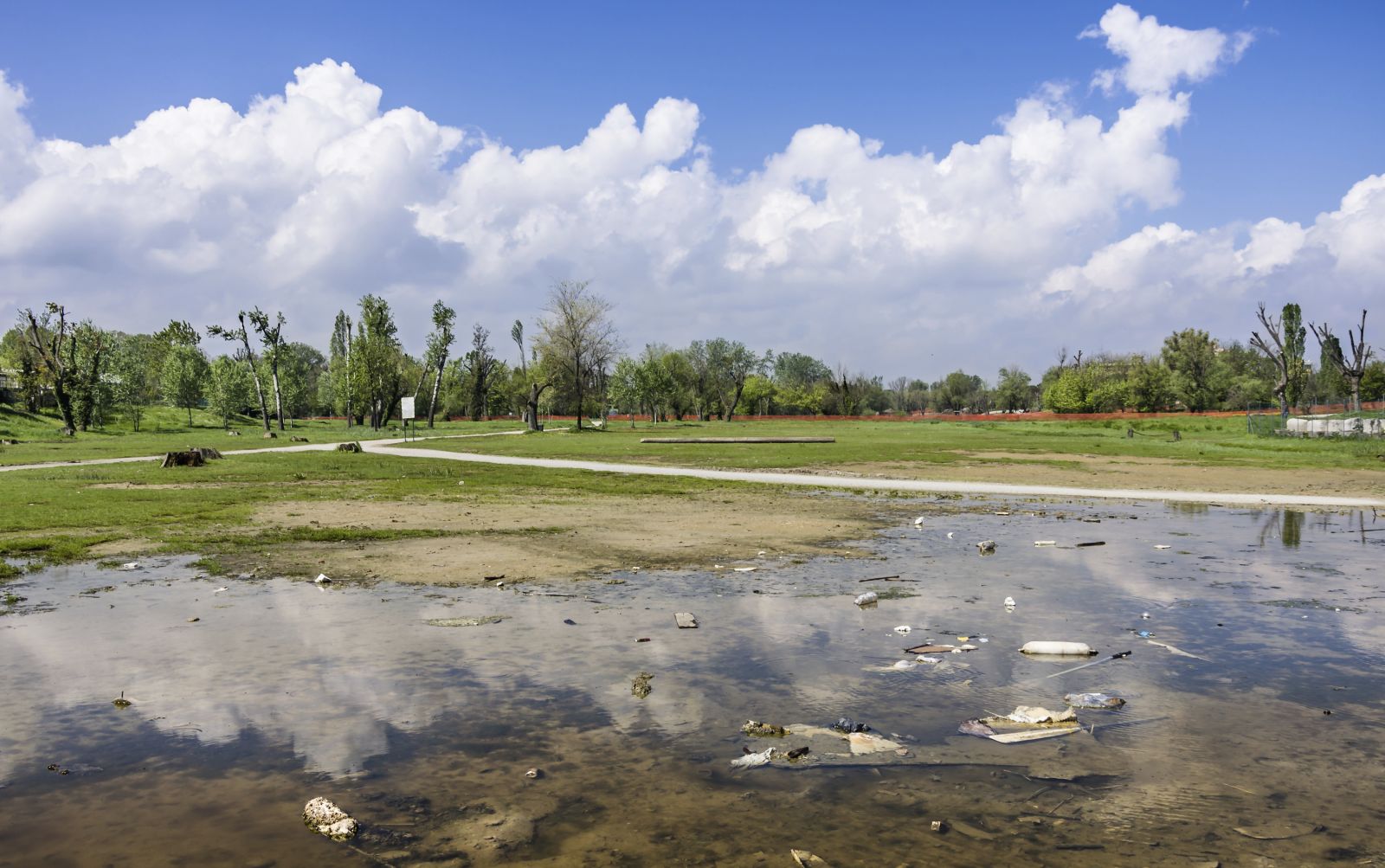 |
5. NORMAN method validation protocol implemented in European Standardisation The NORMAN network has developed a validation protocol specifically designed to support the harmonised optimisation and validation of measurement methods for monitoring of emerging contaminants. With some modifications, this protocol has now been transformed into a CEN Technical Specification: CEN TS 16800:2015 "Guideline for the validation of physico-chemical analytical methods." This step will contribute to the dissemination of a harmonised concept for analytical methods validation throughout Europe. This final achievement represents an important success story for the NORMAN network which provided the impetus for the development of this validation protocol. Although, at present this CEN Technical Specification applies formally to the water compartment only, the concepts defined in the original NORMAN protocol are applicable to all environmental matrices. Therefore further steps after publication by CEN/TC230 (Water Quality) will be the dissemination of these Technical Specifications to other CEN/TCs for adoption in other environmental compartments. In particular, it is planned that the extension of the scope of this CEN TS will be handled under the umbrella of the new transversal CEN/TC444 "Environmental characterization". For more details, read Protocol for validation of chemical and biological monitoring methods |
